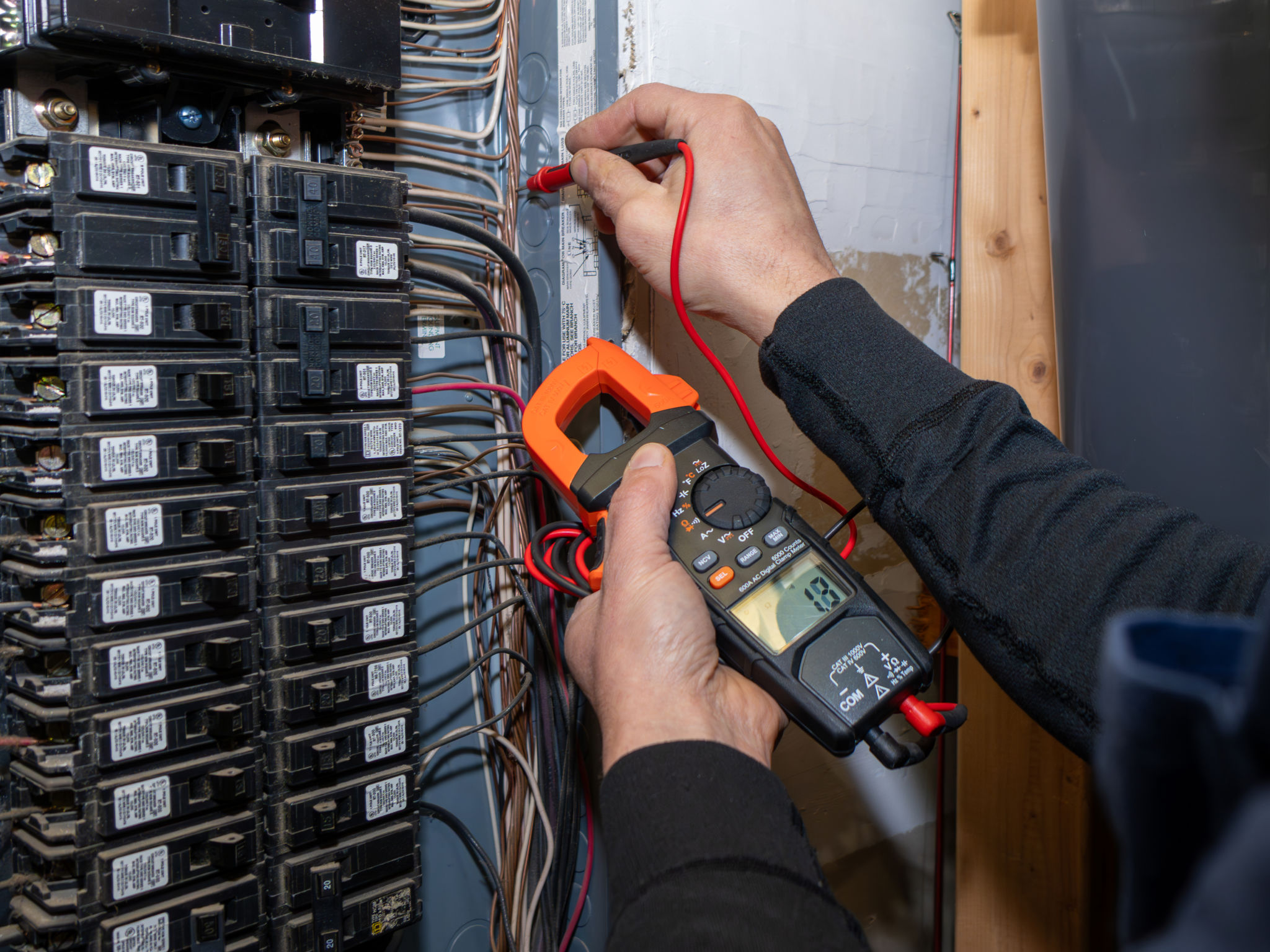How to Troubleshoot Common Electrical Issues Before Calling a Pro
Understanding the Basics of Electrical Systems
Before diving into troubleshooting, it's essential to have a basic understanding of how your home's electrical system works. Most residential systems are comprised of circuits that distribute electricity from the main panel to outlets and appliances. Knowing the difference between a circuit breaker and a fuse, and understanding the role of outlets, can help you identify where an issue might originate.

Identifying Common Electrical Problems
Some electrical issues are more common than others. Flickering lights, dead outlets, and tripped circuit breakers are everyday problems that many homeowners encounter. Understanding these issues can help you troubleshoot them efficiently. For instance, if lights are flickering, it might be due to loose wiring or a faulty bulb. Similarly, a dead outlet could be the result of a tripped breaker or a blown fuse.
Other common issues include frequent surges, light switches not working correctly, and high electricity bills. Each of these problems has specific signs and potential causes, which can often be addressed with simple troubleshooting steps.
Steps to Troubleshoot Electrical Issues
Before calling a professional, you can try a few troubleshooting steps to resolve minor electrical problems. Here’s a simple guide:
- Check the circuit breaker: If an outlet or light isn't working, check the main panel for any tripped breakers. Resetting a tripped breaker could solve the problem.
- Inspect the outlet: Test other outlets to see if they are functional. If only one outlet is affected, it may need replacement.
- Test light bulbs: For flickering lights, ensure the bulb is screwed in tightly or replace it to rule out a defective bulb.

When to Replace Fuses and Circuit Breakers
If you find that your circuit breakers are frequently tripping or fuses are blowing often, it might be time for a replacement. This issue could indicate that your system is overloaded or that there is a more significant problem at hand. Replacing a fuse is straightforward, but circuit breaker replacement should be left to professionals due to the complexity and potential safety hazards.
Ensure that you always use the correct type and rating of fuses for your system to prevent further issues. Incorrect replacements can lead to overheating and potential fire hazards.
Understanding GFCI Outlets
Ground Fault Circuit Interrupter (GFCI) outlets are designed to protect against electrical shock in areas with high moisture, like kitchens and bathrooms. If a GFCI outlet isn't working, press the "reset" button found on the outlet itself. If it still doesn't work, you may need to replace it.

Checking for Wiring Issues
Loose or damaged wiring can cause several electrical issues, including flickering lights or dead outlets. While some wiring problems require professional intervention, you can check visible wiring for damage or wear. Avoid handling any wiring unless you're sure it's safe.
If you suspect wiring issues behind walls or in hard-to-reach areas, it's best to call a professional electrician to assess and repair the problem.
Safety Precautions When Troubleshooting
Your safety should be the top priority when handling electrical issues. Always turn off the power at the breaker before inspecting outlets or switches. Avoid troubleshooting during wet conditions and ensure your hands are dry. Use insulated tools when checking electrical components.
If you're ever unsure about handling an electrical issue, it's safer to contact a professional. Attempting complicated repairs without proper knowledge can lead to severe injuries or further damage.
